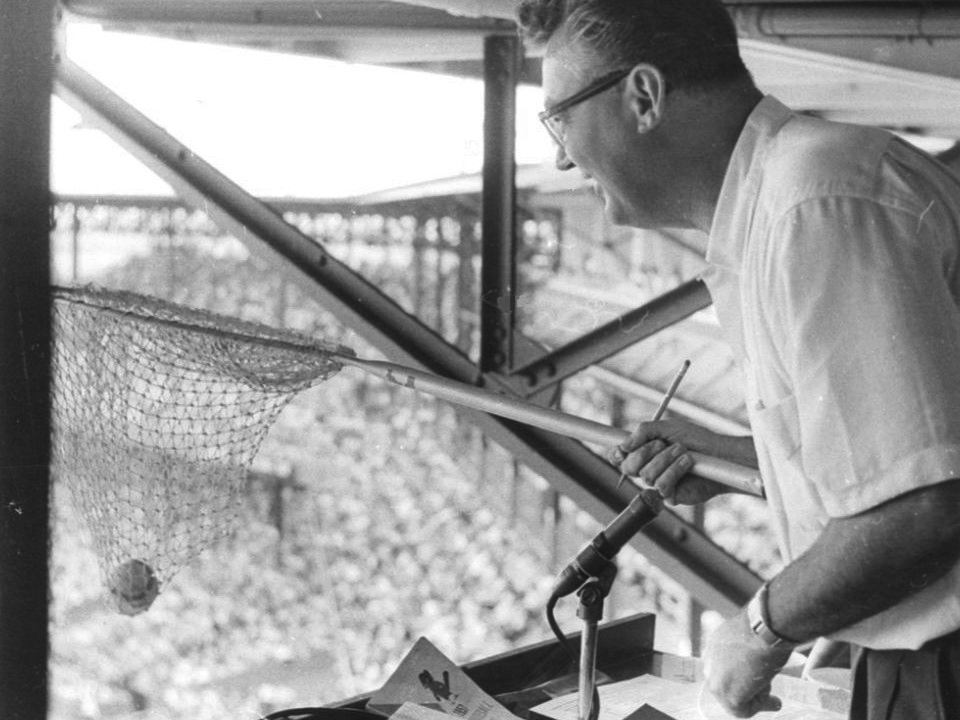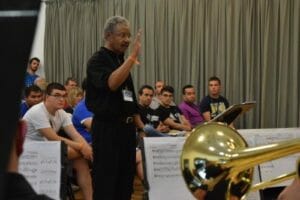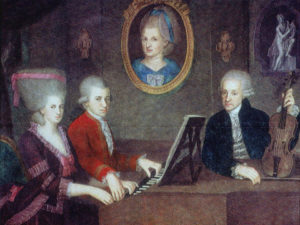
I was ten years old when my father joined the Boston Symphony and I went to my first Red Sox game, a mile from Symphony Hall at Fenway Park. That game took place in the summer of 1946, when the Red Sox won the pennant and should have beaten the Cardinals in the World Series! (I wept when they did not.) In the game I attended Ted Williams hit a home run, Dom DiMaggio tripled into the right field corner, and Mickey Harris nearly pitched a shutout. The Sox won 12-1, and I was thrilled.
Since then, more than 70 years have passed and I have attended several dozen Sox games, watching several hundred more on television, learning a lot of baseball in the meantime.
Baseball lends itself beautifully to this kind of incremental learning, for although there are only ten seconds of action for every two minutes, the pauses between pitches, especially for those who watch on TV, provide a continuing array of wonderful opportunities to see instant replays of what just happened, learn how often this sort of thing happens, and hear informed speculation on what may happen next.
Music, too, is rewarding when learned incrementally, but a problem is the lack of pauses for explanation. Indeed, a performance of a Brahms symphony whizzes by like a four-seam fastball, with barely a break to pop a cough drop.
Another challenge is that sound-based experiences do not mesh with spoken commentary. Even the most casual music fan winces at the idea of Alex Ross screaming, “a wonderfully executed deceptive cadence!” over a Bach violin concerto. Yet recognizing a deceptive cadence when you hear it enriches the listening experience just as understanding the infield fly rule improves baseball viewing.
How, then, do we provide opportunities for unobtrusive guided analysis in music? To solve the pausing problem, we can set aside certain contexts specifically for learning. College-level music courses obviously fit this mold, but so do pre-concert discussions and organizational outreach activities. Here, we expect interruptions in the music in order to explore fascinating tidbits. Presenters play a passage on the piano. MITA ties commentary to sound by offering “Play” buttons for both full works and selected excerpts throughout its exploration of music’s stories.
With the problem of competing audio cues, we need to flip baseball’s script. Watching baseball is a visual thing and so lends itself to spoken commentary. Since music is mostly an auditory experience, then, we can minimize interference through visual notes. Presenters have dabbled in this approach. Operagoing is now often enriched by live displays with translations, and certain orchestras are now offering real-time written cues on attendees’ smartphones. MITA’s 160 prose Listening Guides and 130 fully Interactive Scores enable you to learn with equal ease as from the greatest baseball broadcasters many musical equivalents of the infield fly rule.
Still, while many readers are familiar with the notion of a music appreciation class, few will have heard of something called baseball appreciation, and it is the view of this author that much of the reason is that baseball has been more satisfactorily explained within the contexts where it is naturally enjoyed.
Some will argue that music is far more involved than baseball, but that (debatable) idea is little reason to throw our hands in the air. MITA and other new technologies are creating opportunities to educate the listener mid-listen, and we ought to be embracing them.
Another difference between the baseball world and the “serious” music world is that most baseball broadcasts can afford personnel dedicated solely to commentary. Many of the contexts in which our music graduates will be performing, however, won’t provide such a luxury.
If we therefore begin in courses throughout the music curriculum, starting with introductory history, to cultivate graduates who are not only Ted Williamses but also Tim McCarvers—i.e. demand that students become, in addition to talented performers, informed musical ambassadors—we will open more listeners in the general public to a depth of musical memory and experience that will rival my own love affair with baseball.
What do you think about teaching in baseball vs. music? Are there other ways we might insert natural learning opportunities in music presentations? Let me know in the comments below.
MITA Syncs Music with Prose Explanations
Learn how MITA blends music with written commentary and other media in ways that enrich the learning experience.



